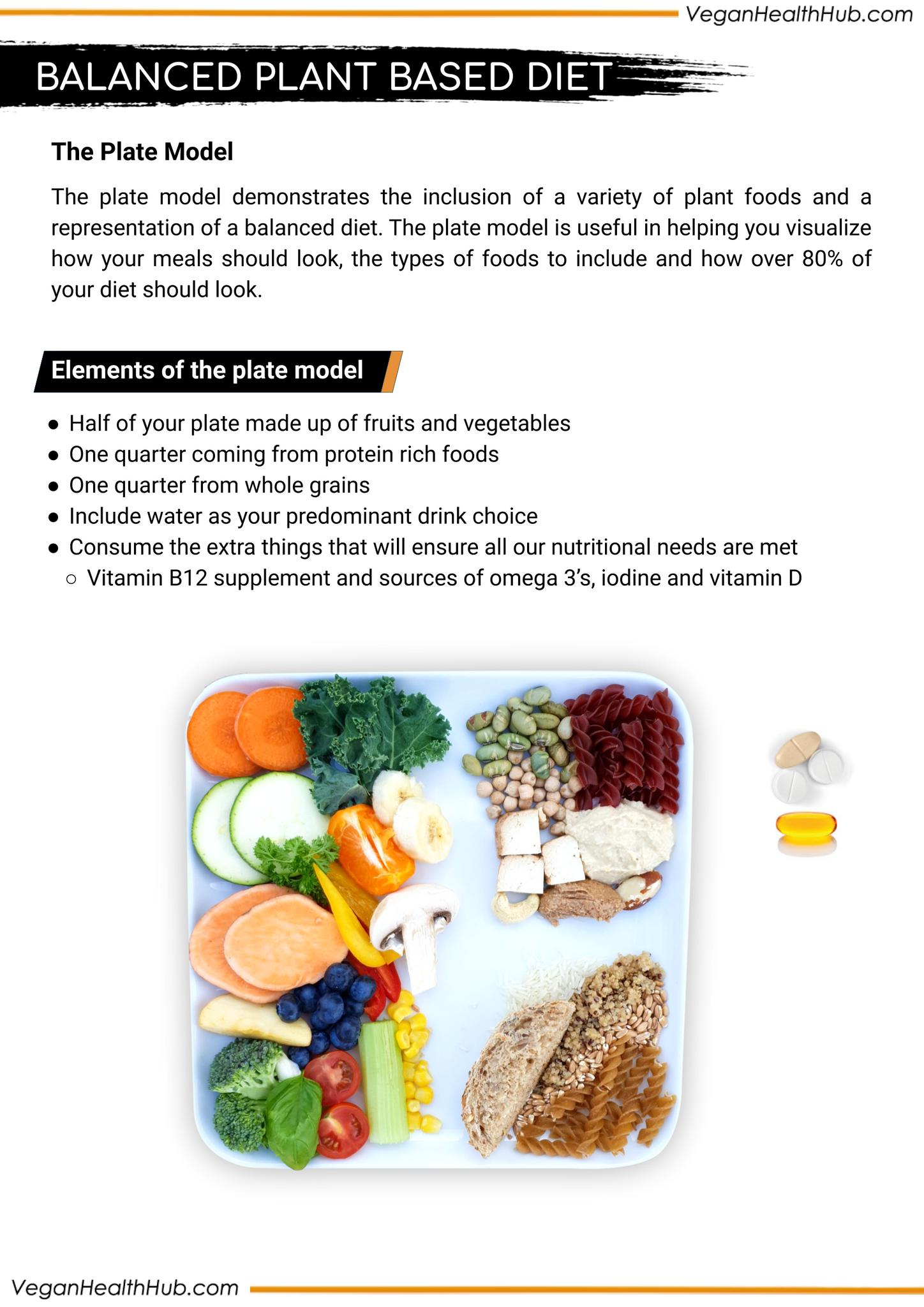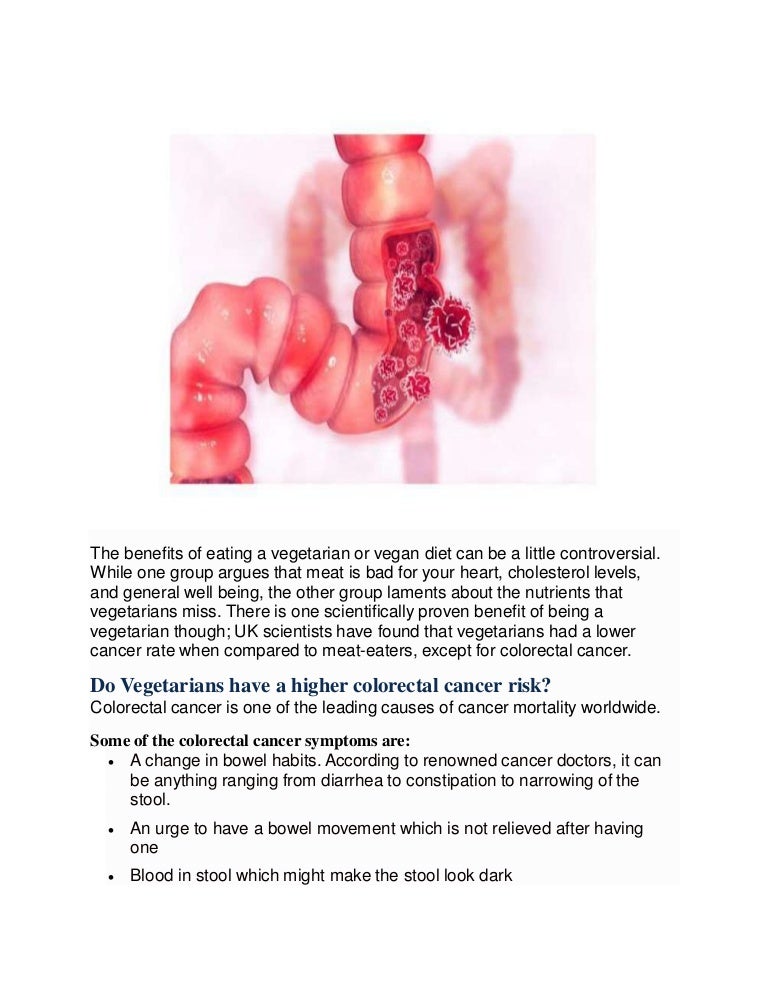
Did you know that nutritional yeast is a vegan food. This fungus is a vegan food that can be used in place for cheese and dairy products. It is low in calories and does not contain any added sugars. It is also free from gluten and low in fat. Vegans often add nutritional yeast with vitamin-B12 to make sure they have enough vitamin.
Yeast is a vegan food
Vegans can eat yeast and other products made with it because yeast is a living organism. Like animals that don't move or reproduce sexually, yeast doesn't suffer. It is also not cruel to yeast because it does not experience any physical pain. This means that vegans can eat yeast without any guilt.

Yeast is a cheese-replacement
Nutritional yeast is an excellent substitute for dairy-free milk cheese. You can sprinkle it over salads, roasted vegetables, pasta, rice, and more for a cheesy flavor. It can also be used as a cheesy snack. The best thing about nutritional yeast? It doesn't contain dairy and food coloring.
Yeast acts as a leavening agent
Yeast is the ingredient that makes baked goods rise and airy. It is used to make all types breads and cakes rise. Professional bakers prefer fresh yeast as the leavening agent. However, it can be perishable so keep it refrigerated. Active dry yeast is often used by home bakers. The yeast must be soaked and activated in water before being added. Instant yeast is another option, and it doesn't have to activate. It can be added to the dough along with the rest.
Biofuel: Yeast
Yeast is a potential biofuel, with a variety of uses including the production biodiesel/bioethanol. A wide range of microorganisms are involved in producing biofuel. They can produce biofuel using a variety substrates, such as sugarcane or corn starch. The oleaginous yeast Yarrowia lipsolytica is a promising model strain for ethanol production. Other oleaginous yeasts are also emerging as promising platforms to generate biofuels. Yeast can readily be utilized in existing industrial settings.

Dairy substitute: Yeast
Yeast is a dairy-free substitute that tastes great and is good for your overall health. It is made from a fungus called Saccharomyces cerevisiae. It's used in baking, and it is often added to soups or gravies. You can reduce your waistline because of the high protein content.
FAQ
What is the difference of a virus from a bacteria?
A virus is a microscopic organism which cannot reproduce outside of its host cell. A bacterium is a single-celled organism that reproduces by splitting itself in two. Viruses are small, around 20 nanometers in size. Bacteria are much larger, at 1 micron.
Viruses are usually spread through contact with infected bodily fluids, including saliva, urine, semen, vaginal secretions, pus, and feces. Bacteria are often spread via direct contact with contaminated surfaces and objects.
Viruses can enter our bodies through cuts, scrapes, bites, or other breaks in the skin. They can also be transmitted through the eyes, nose, mouth, ears, vaginal, rectum, and anus.
Bacteria can enter the body through cuts, scrapes burns and other injuries to the skin. They can also be introduced to our bodies by food, water and soil.
Both viruses and bacteria can cause illness. But viruses can't multiply within their host. So they only cause illnesses when they infect living cells.
Bacteria can cause illness by multiplying in the body. They can also invade other parts of your body. To kill them, we must use antibiotics.
What's the difference between a calorie and kilocalorie?
Calories can be used to measure how much energy is in food. The unit of measurement is called a calorie. One calorie represents the energy required to raise one gram of water's temperature by one degree Celsius.
Kilocalories are another way to describe calories. Kilocalories equal one thousandth of an calorie. 1000 calories, for example, equals one kilocalorie.
Is cold a sign of a weak immune response?
According to some, there are two kinds: people who love winter and people who hate it. But whether you love or hate it, you may find yourself wondering why you feel so lousy when it's cold out.
Our bodies are made to function well in warm weather. Our bodies were designed to thrive in hot weather because this is where the majority of our food sources are.
However, our environment is quite different than that of our ancestors. We spend more time indoors, are often exposed at extreme temperatures (cold and hot), and eat processed food rather than fresh.
Our bodies aren’t accustomed to extreme temperatures anymore. That means that when we do venture outdoors, we're left feeling tired, sluggish, and even sick.
However, there are ways to counter these effects. Keep your body hydrated. Water is essential for your body to function properly and eliminate toxins.
Another important step is to ensure that you're eating healthy meals. Healthy food will help your body maintain its optimal temperature. This is especially helpful for people who spend a lot of time indoors.
You can also meditate for a few minutes every day. Meditation is a great way to relax your body and mind. It makes it easier for you to cope with stress and illness.
Do I have to count calories?
You may wonder, "What diet is best for you?" or "is counting calories necessary?" The answer to this question depends on many factors, including your current health, your personal goals and preferences, as well as your overall lifestyle.
The Best Diet For Me: Which One Is Right?
The best diet for me depends on my current health status, my personal goals, my preferences, and my overall lifestyle. There are many good and bad diets. Some are better for certain people than others. So what do I do? What can I do to make the right decision?
These are the questions this article will answer. It begins by briefly describing the different diets available today. Next, we'll discuss the pros and cons for each type of diet. We'll then discuss how to choose which one is best for you.
Let's first take a look at different diets.
Diet Types
There are three types of diets available: ketogenic, high-protein, and low-fat. Let's talk about them briefly.
Low Fat Diets
A low-fat diet is one that limits the intake of fats. This is achieved by reducing saturated fat intake (butter, cream cheese etc.). and replacing them with unsaturated fats (olive oil, avocados, etc.). A low fat diet is often recommended for those who want to lose weight quickly and easily. However, this kind of diet may cause problems such as constipation, heartburn, and indigestion. Vitamin deficiencies can also occur if the person doesn't get enough vitamins through their diet.
High Protein Diets
High protein diets discourage carbohydrates and encourage the use of proteins. These diets are more protein-rich than others. These diets are intended to increase muscle mass and reduce calories. They may not be able to provide sufficient nutrition for people who need it. Also, they tend to be very restrictive, so they aren't suitable for everyone.
Ketogenic Diets
Ketogenic diets are also known as keto diets. They are high in fat and moderate in protein and carbs. These are often used by bodybuilders and athletes because they allow them the ability to train harder and for longer periods of time without feeling tired. But, they require strict adherence to avoid negative side effects like nausea, headaches, and fatigue.
Exercise: Good for immunity or not?
Exercise is good for your immune systems. Exercise increases white blood cell production, which helps fight off infection. You also get rid toxins. Exercise can help you avoid heart disease and other illnesses like cancer. It can also lower stress levels.
Exercising too frequently can make your immune system weaker. Exercising too hard can make your muscles sore. This causes inflammation and swelling. In order to fight off infection, your body must produce more antibodies. However, these antibodies can also cause allergic reactions and autoimmune diseases.
So, don't overdo it!
What are 10 healthy habits you can adopt?
-
Eat breakfast every day.
-
Don't skip meals.
-
Keep a balanced diet.
-
Get lots of water.
-
Take care to your body.
-
Get enough sleep.
-
Stay away from junk food.
-
Do some exercise every day.
-
Have fun
-
Make new friends
How often should you exercise?
Fitness is key to a healthy lifestyle. You don't have to exercise for a certain amount of time. Finding something that you love and sticking with it is the key.
It is a good idea to exercise at least three times per week. Then, you should aim to do between 20 and 30 minutes of moderate-intensity activity. Moderate intensity is when you still have to breathe hard after the workout. This type of exercise burns approximately 300 calories.
For those who prefer to walk, you can go for 10-minute walks four times a week. Walking is easy on the joints and has low impact.
Jogging for 15 minutes three days a week is a good option if you prefer to run. Running is a great exercise to build muscle tone and burn excess calories.
If you're not used to exercising, start slowly. Start with just 5 minutes of cardio a few times a week. Gradually increase the duration until you reach your goal.
Statistics
- According to the 2020 Dietary Guidelines for Americans, a balanced diet high in fruits and vegetables, lean protein, low-fat dairy and whole grains is needed for optimal energy. (mayoclinichealthsystem.org)
- According to the Physical Activity Guidelines for Americans, we should strive for at least 150 minutes of moderate intensity activity each week (54Trusted Source Smoking, harmful use of drugs, and alcohol abuse can all seriously negatively affect your health. (healthline.com)
- Extra virgin olive oil may benefit heart health, as people who consume it have a lower risk for dying from heart attacks and strokes according to some evidence (57Trusted Source (healthline.com)
- In both adults and children, the intake of free sugars should be reduced to less than 10% of total energy intake. (who.int)
External Links
How To
What does the "vitamin") mean?
Vitamins are organic compounds naturally found in food. Vitamins aid us in absorbing nutrients from the food we eat. Vitamins cannot be made by the body; they must be taken from food.
There are two types if vitamins: water soluble, and fat soluble. Water-soluble vitamins dissolve readily in water. Vitamin C,B1(thiamine), B2 (2riboflavin), and B3 (3niacin), as well as vitamin C,B1, B2 (riboflavin), and B3 (niacin), vitamin B6 (pyridoxine), vitamin folic acid (biotin), pantothenic, and choline are examples. Fat-soluble vitamins are stored within the liver and in fatty tissue. Vitamin D, E, K and A are some examples.
Vitamins can be classified according to biological activity. There are eight major vitamin groups:
-
A - Essential for healthy growth and health maintenance.
-
C - vital for nerve function and energy generation
-
D - necessary for healthy bones and teeth.
-
E - needed for good vision and reproduction.
-
K - essential for healthy nerves, muscles, and joints.
-
P - vital for building strong bones andteeth.
-
Q - aids in digestion of iron and iron absorption
-
R - necessary for making red blood cells.
The recommended daily allowance for vitamins (RDA) varies according to age, gender, or physical condition. The U.S. Food and Drug Administration has established the RDA values.
For adults 19 years and over, the RDA vitamin A intake is 400mg/day. Pregnant mothers need 600 micrograms a day to ensure fetal growth. Children ages 1-8 require 900 micrograms per day. Infants under one year of age require 700 micrograms per day, but this amount decreases to 500 micrograms per day between 9 months and 12 months of age.
Children aged between 1-18 years old who are obese require 800 micrograms per Day, while overweight children need 1000 micrograms every day. Children underweight or obese will require 1200 micrograms a day to meet their nutritional requirements.
Children between 4-8 years of age who have been diagnosed by anemia must consume 2200 micrograms daily of vitamin C.
2000 micrograms per person is necessary for general health. Mothers who are pregnant, nursing, or have a high nutrient need will require 3000 micrograms a day.
Adults over 70 require 1500 micrograms each day, since they lose approximately 10% of muscle mass each decade.
Women who are pregnant and lactating need more nutrients than the RDA. Pregnant women need 4000 micrograms per dayduring pregnancy and 2500 micrograms per day after delivery. Breastfeeding mothers need 5000 micrograms per day when breast milk is being produced.